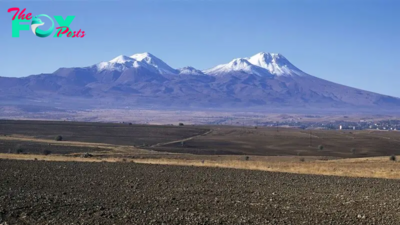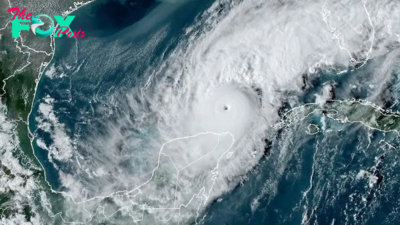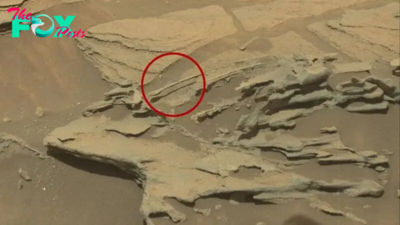Science
Myth busted: Total solar eclipses don't release special, blinding radiation, NASA says
Today (April 8), a total solar eclipse will sweep across 15 U.S. states, plunging a 115-mile-wide (185 kilometers), 10,000-mile-long (16,000 km) path into sudden darkness as the moon's enormous shadow glides across the face of the sun.
It's a cosmic coin trick that has always evoked feelings of both awe and dread in skywatchers down on Earth, and eclipses have been interpreted throughout history as messages from gods, bad omens or heralds of imminent apocalypses.
In the present, scientists know a lot more about eclipses (and are even chasing today's eclipse down in jet planes) but that doesn't mean that all of humanity's fears around the celestial events have been assuaged.
Thankfully, many of these myths have already been debunked by NASA, including one popular claim that total solar eclipses produce especially harmful rays that can cause blindness.
Related: 2024 solar eclipse map: Where to see the eclipse on April 8
"During a total solar eclipse when the disk of the moon fully covers the sun, the brilliant corona emits only electromagnetic radiation, though sometimes with a greenish hue," NASA wrote in a blog post for the 2017 Great American Eclipse. The sun's corona — its hot, outer atmosphere — peeks out from around the moon during a total eclipse and will look spiky, like a hedgehog, due to this radiation.
"Scientists have studied this radiation for centuries," the post reads. "Being a million times fainter than the light from the sun itself, there is nothing in the coronal light that could cross 150 million kilometers of space, penetrate our dense atmosphere, and cause blindness."
-

 Science1w ago
Science1w agoYou Won’t Want to Miss October’s Rare Comet Sighting. Here’s How and When You Can See It
-

 Science3w ago
Science3w agoA New Spacecraft Could Help Determine if There’s Life on a Moon of Jupiter
-

 Science3w ago
Science3w agoWe Can Thank Deep-Space Asteroids for Helping Start Life on Earth
-

 Science4w ago
Science4w agoStranded Astronauts Set to Come Home After SpaceX Capsule With Extra Seats Reaches ISS
-

 Science4w ago
Science4w ago'Every volcano has its own personality': Mystery Mount Adams earthquake surge under investigation
-

 Science4w ago
Science4w agoEarth's crust may be building mountains by dripping into the mantle
-

 Science4w ago
Science4w agoHow strong can hurricanes get?
-

 Science4w ago
Science4w ago32 things on Mars that look like they shouldn't be there



























